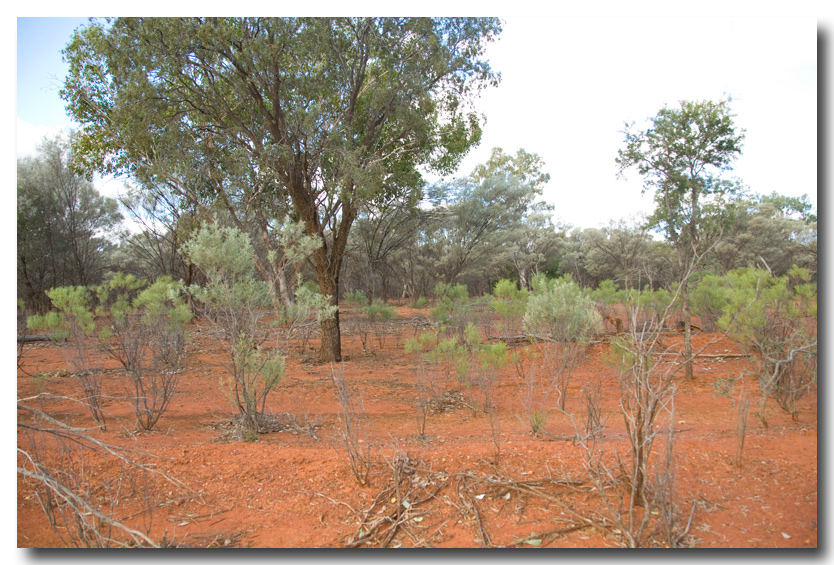Moree
"Substantial town famed for its Artesian Spa which attracts people seeking health-giving waters. (population 10 000) Is located in northern NSW, 628 km north-west of Sydney and 208 m above sea-level. It is the major town in an affluent shire noted for its rich black soil plains. As one local has remarked: 'You could put a match in the ground overnight and get a walking stick in the morning'. Wheat and other cereals, cotton, oil seeds, pecan nuts and, most recently, olives, are all under cultivation."...sounds rotten, huh! I came for the hot spa baths and was not disappointed. They were 'awesome' and I visited them three times a day for the three days we stayed here in Moree. "Moree promotes itself as the 'Artesian Spa Capital'. The town's hot artesian spa bath complex, which has evolved from the Moree bore which was originally sunk to a depth of 850 m in 1895 to obtain irrigation water. Baths were soon set up (different days originally being allocated to the different sexes) and the local council began promoting the waters as a curative and a source of relaxation and replenishment - a tradition still carried on today. The bore ceased to flow in 1957 and is now worked by a pump." Just around the corner from where we were staying was the park and Lida and I followed the self guided walk the local information center had given us. Easy and informative.
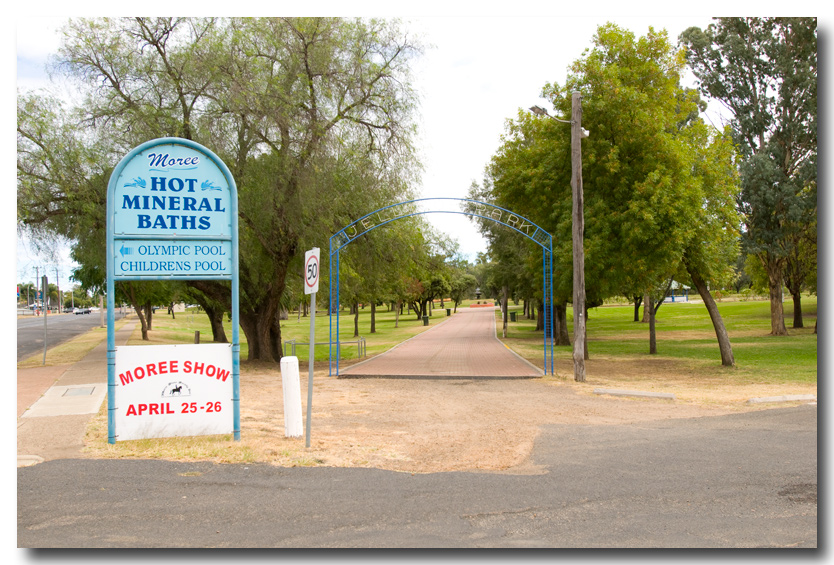
The Barry Roberts Walk is a scenic trek along the picturesque riverbanks of the town and the adjoining bushland. It also takes in some of the town's heritage sites. We followed the Mehi River on and off as we followed this walk. All self explained.
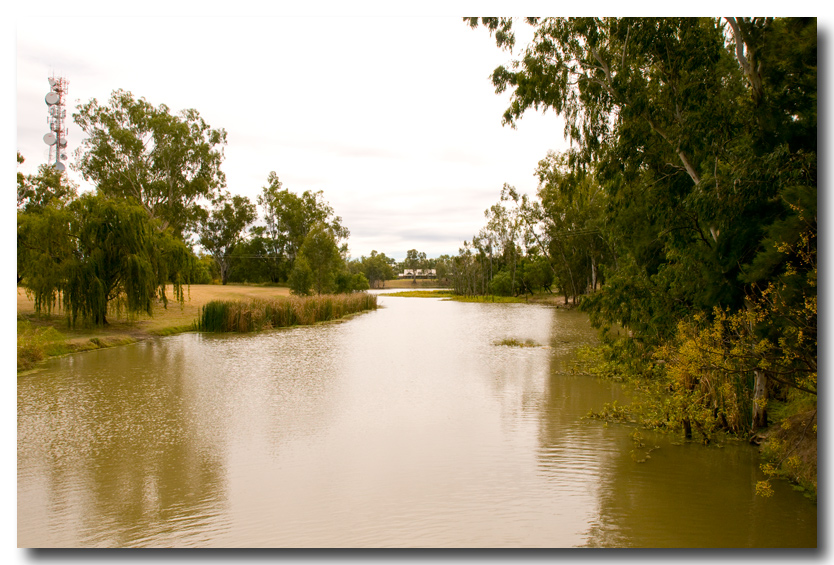
The Department of Lands building captured an architectural style often seen in Queensland but now, no longer used.
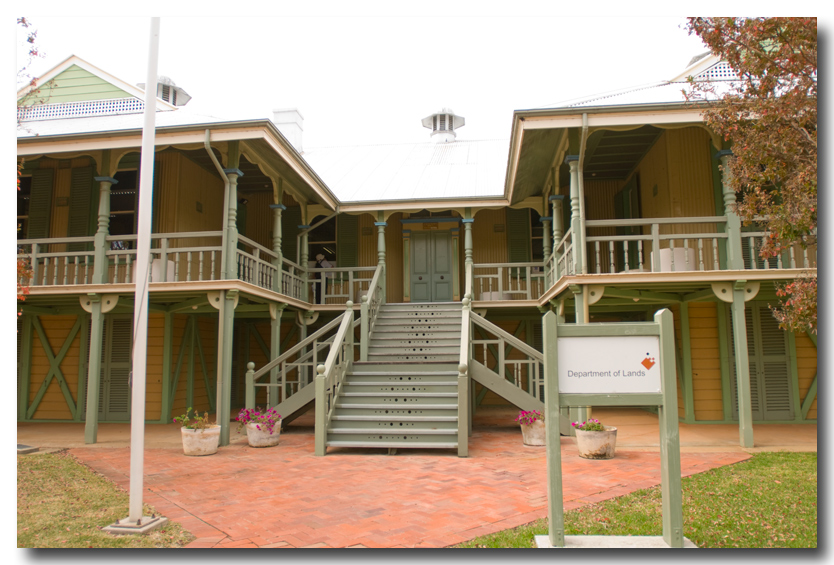
I was beside myself trying to photograoh the little things which were of interest, if only to me! I had never seen 'Corrugated Iron' used in this manner in my life and I had had a background in the building trades, over 40 years ago.
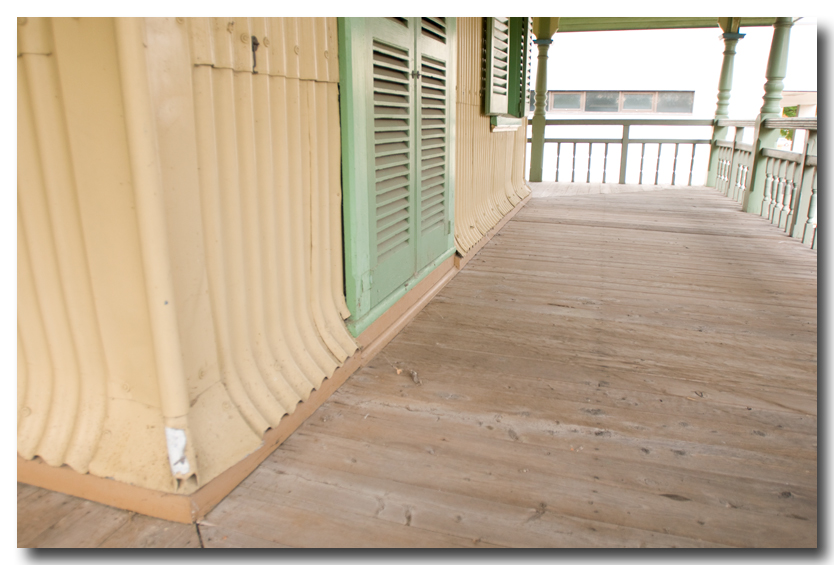
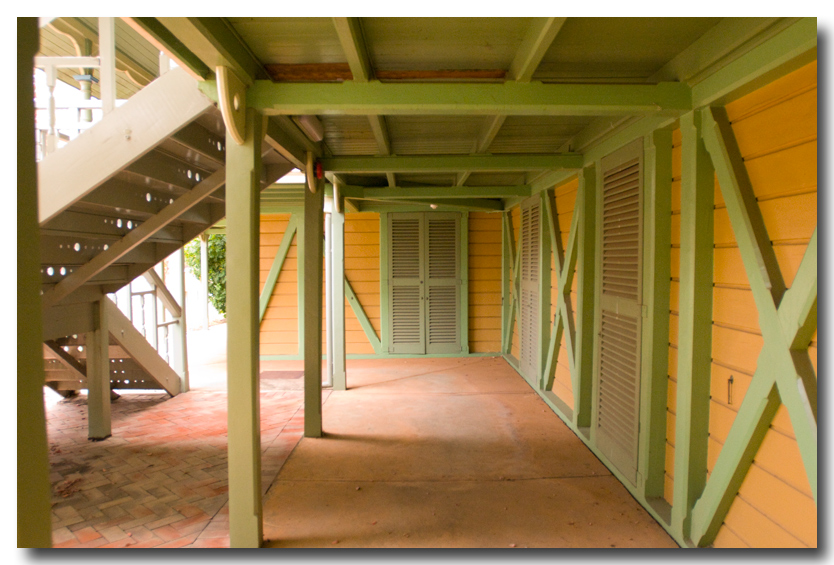
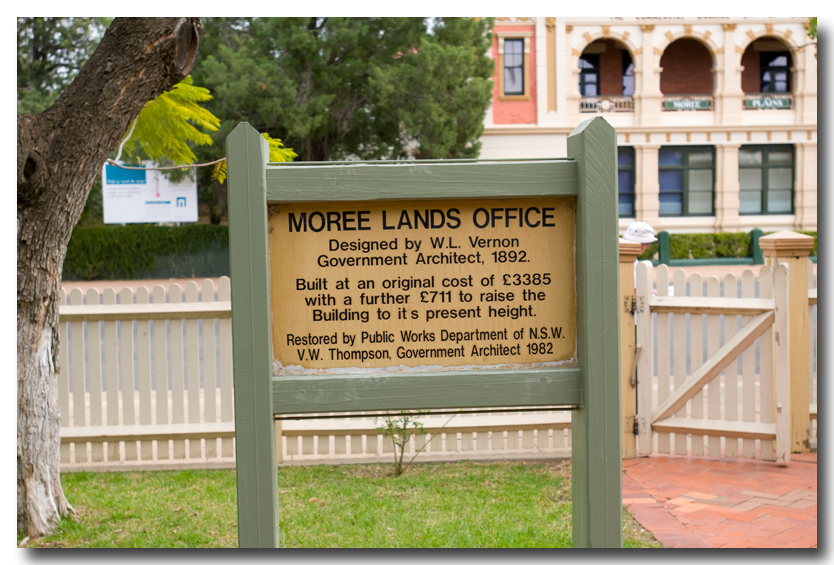
Just around the corner and back along the river bank the prevailing Eucalyptus caught my eye.
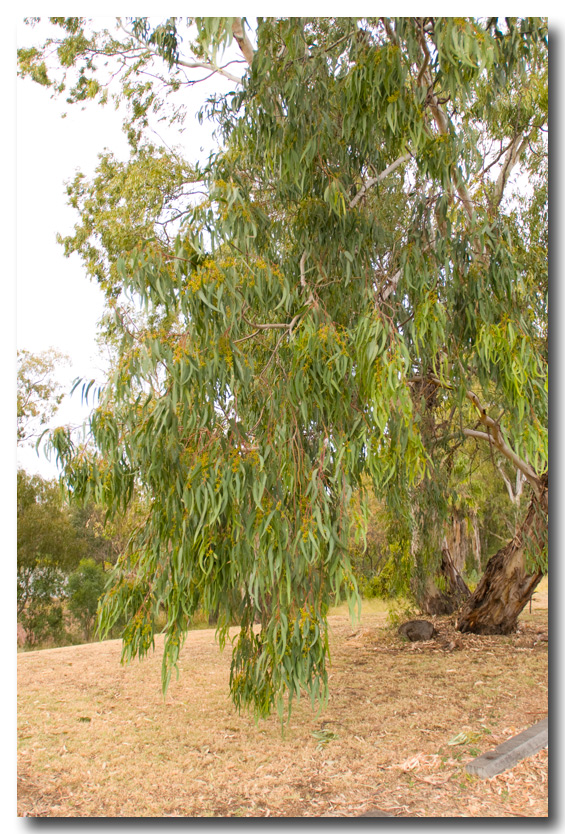
Beautiful.
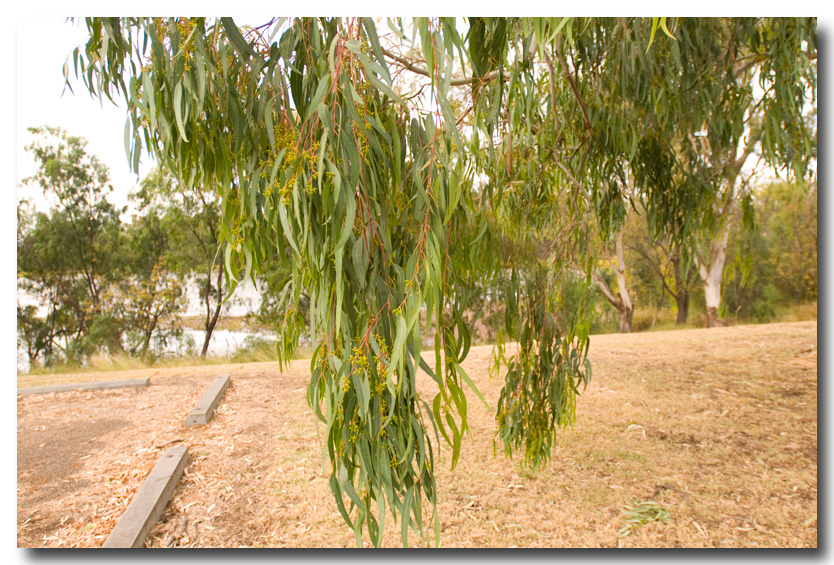
While only a few hundred yards further on, this re-creation of the original Slab Hut, made me realise, yet again, just how difficult life had been for the first settlers.
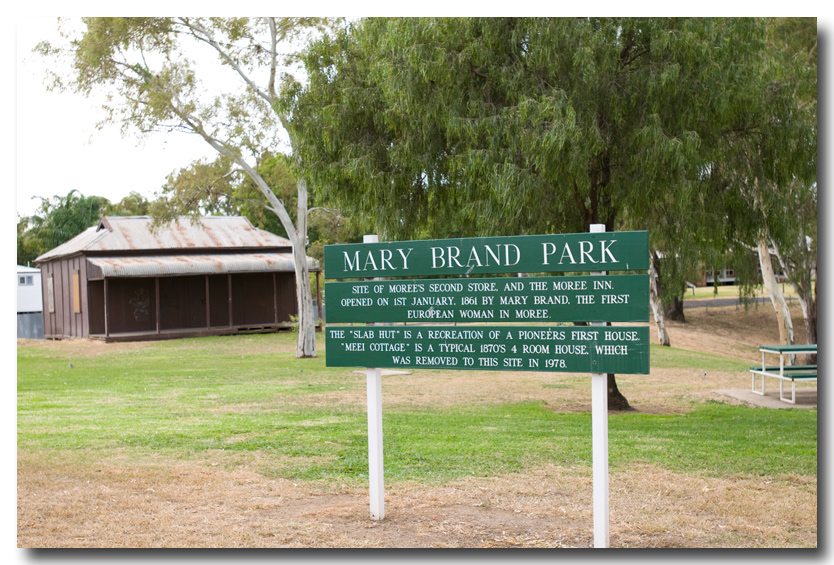
As a Euphonium playing Brass Bandsman for most of my life, I couldnt help but stop and sit in the Band Rotunda in the park, with the notice telling how the roof had been made in Sydney and shipped up here.
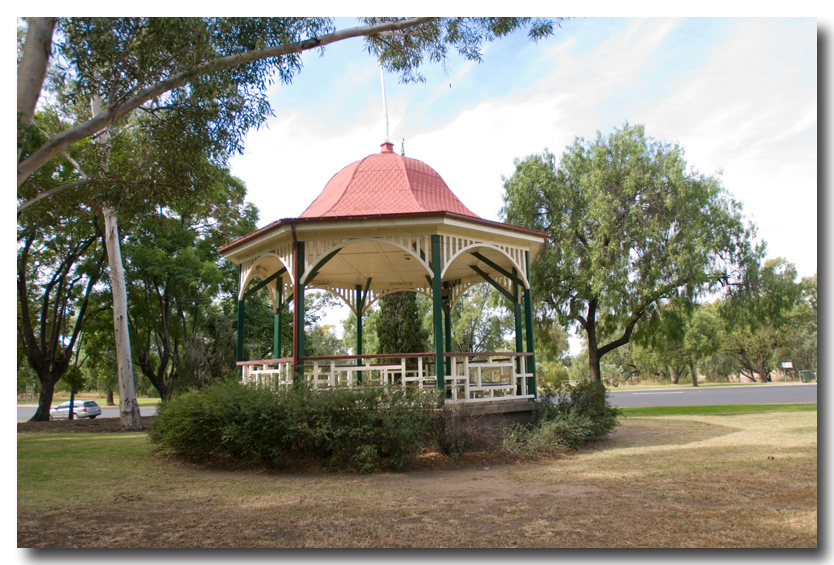
Collerenerbri is a very small settlement almost on the Queensland/New South Wales border. An isolated wee spot, my father had told me before his death a few years ago at the age of near 90, that one of his fathers brothers had lived here for a time and actually died here.
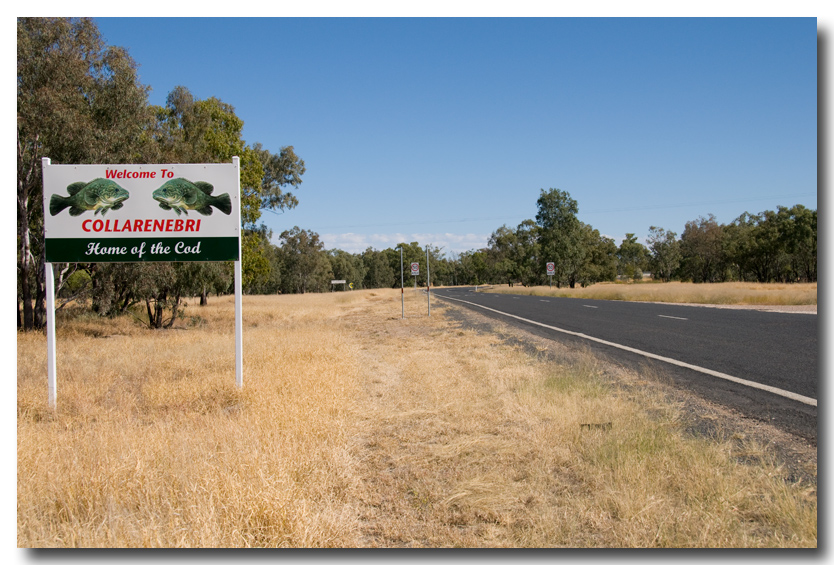
So, probably for the first time ever, somebody (us/me) went to the Collerenerbri cemetery and looked for signs of this distant relative. Well, after a cup of tea!
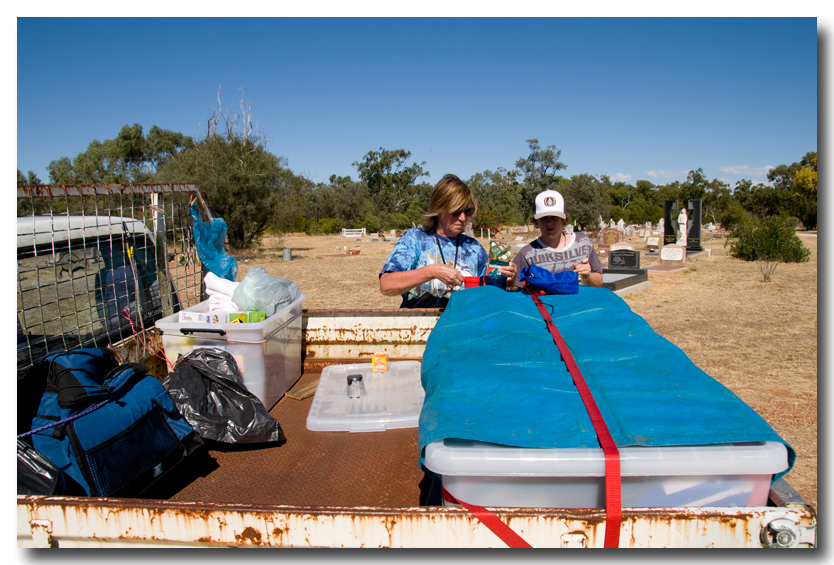
I wondered who had painted that old cross cut saw and put it in the cemetery. Interesting how we find stuff like this in the most 'out of the way' places!
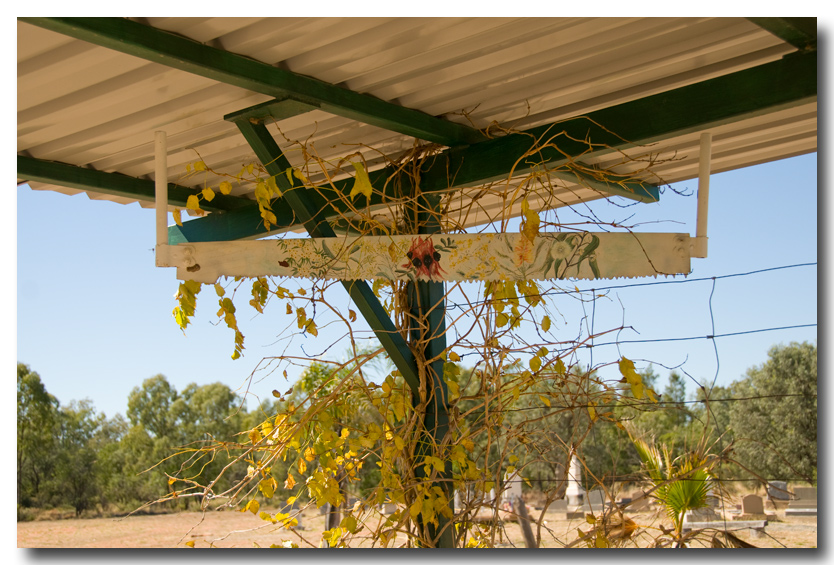
Well, I searched that old graveyard from top to bottom without any sign of my great uncle. Perhaps he didn't have enough money for a funeral or headstone. At least I looked. What I did 'find' was these two graves which 'peeked' my interest. This man Roderick Hiley, had died just before I was born,
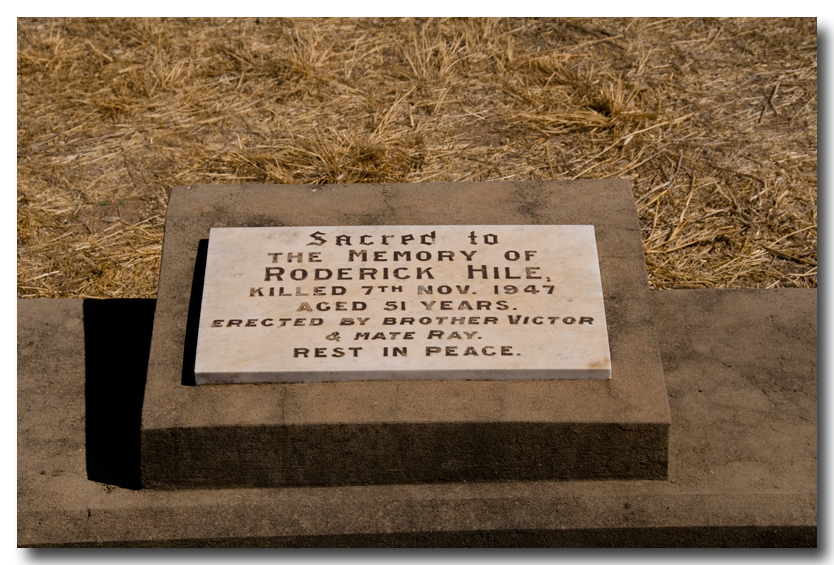
while the engraving on young William Munro's grave still causes me to stop and reflect on the cruelties of life. How awful to 'loose' a child!
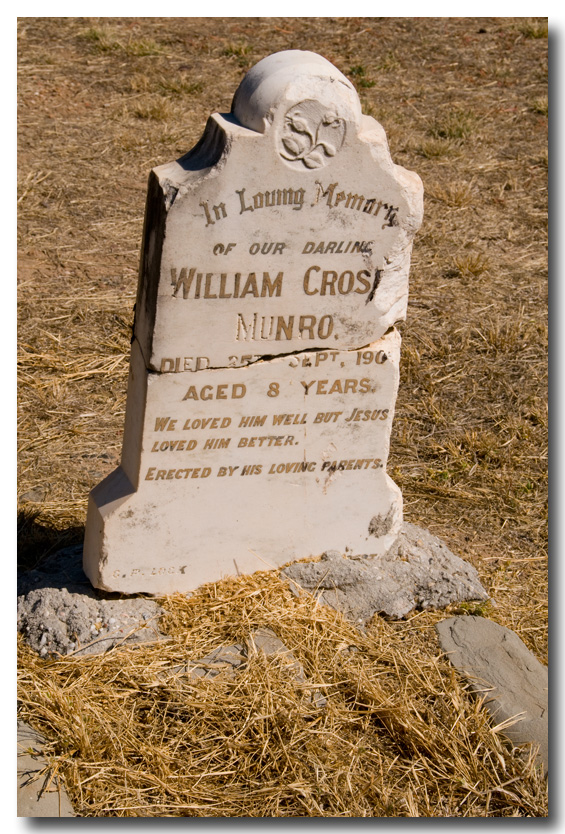
Although we were headed toward's Walgett, we took time out top go a little further north to Lightening Ridge, an Opal Mining town in almost desolate countryside.
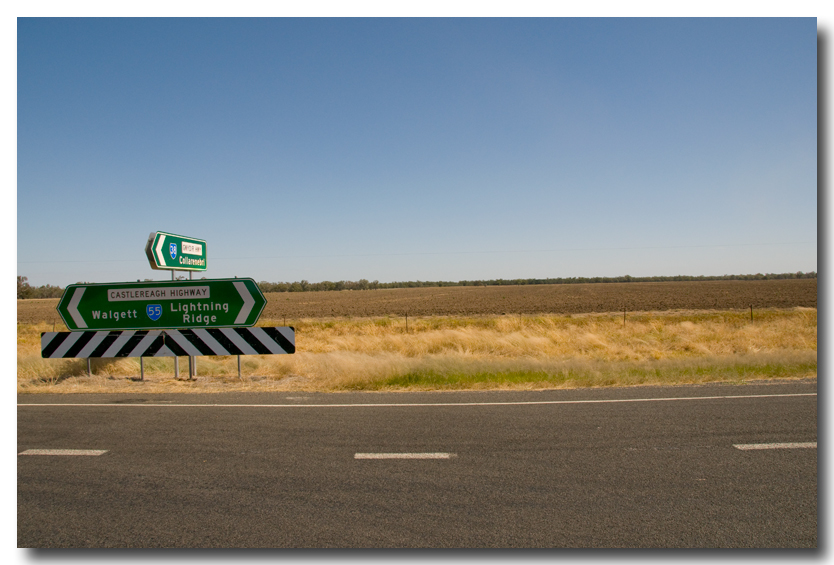
Lightening Ridge is located 780km northwest of Sydney and makes it's mark in NSW as the home of the opal. There are hundreds of mining sites set up in the district all searching for Australia's national gem. However, it's the black opal that everyone comes here in search of, it is a rare find and mainly discovered in this area. Shopping for opals is also popular in Lightening Ridge as the prices are at their cheapest here. Lightning Ridge is also known for it's outback temperatures where the average Summer day sits around 45 degrees Celsius.
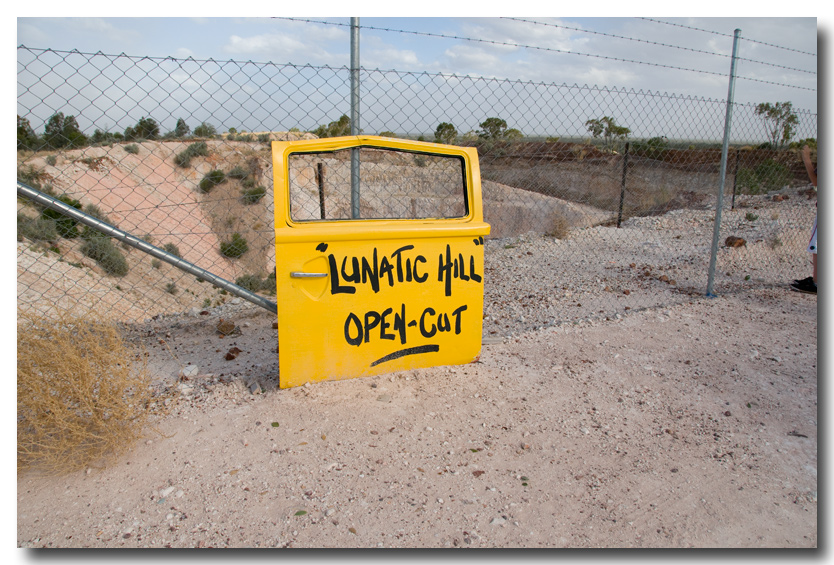
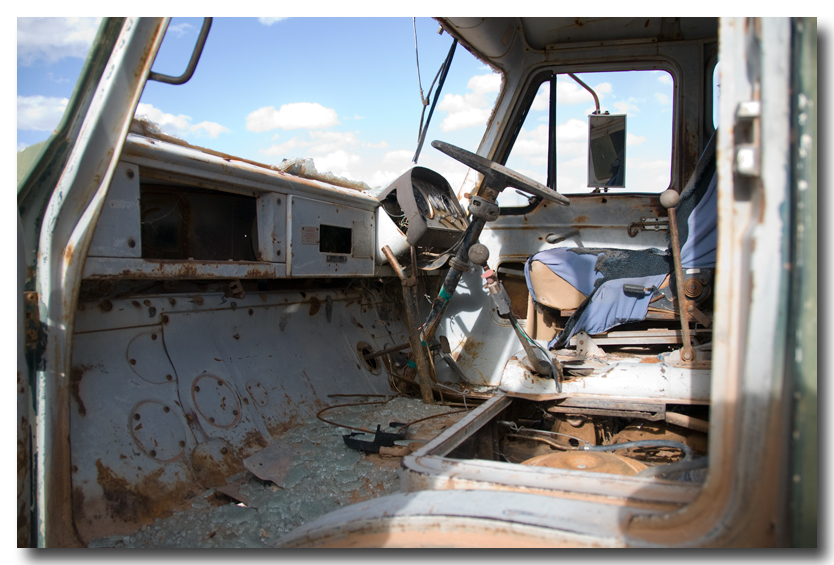
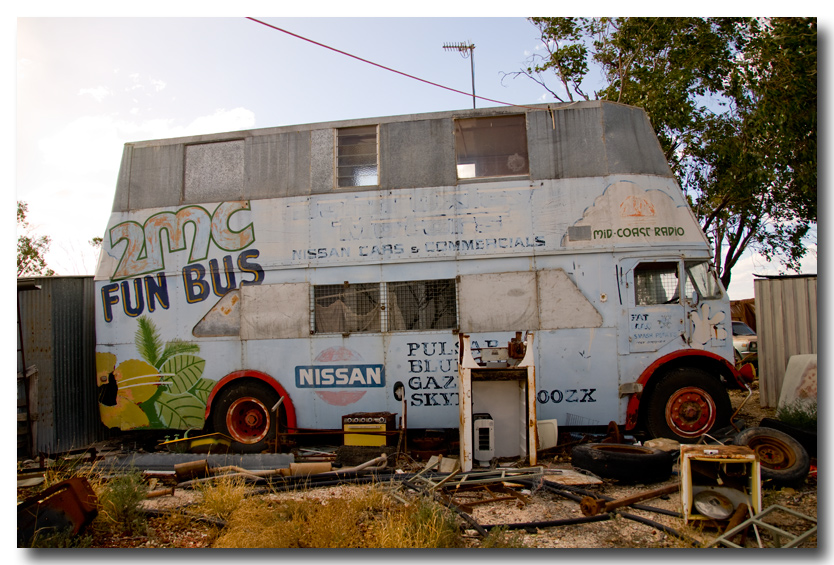
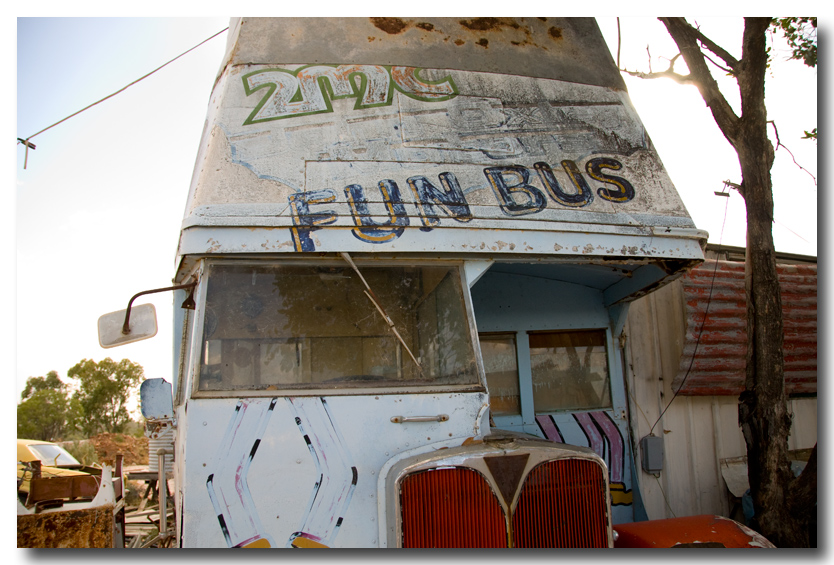
The whole area is littered with old vehicles whose engines have been plagurised in order to run 'cement mixer' barrels in order to turn'grind the freshly hand mined opal ore.
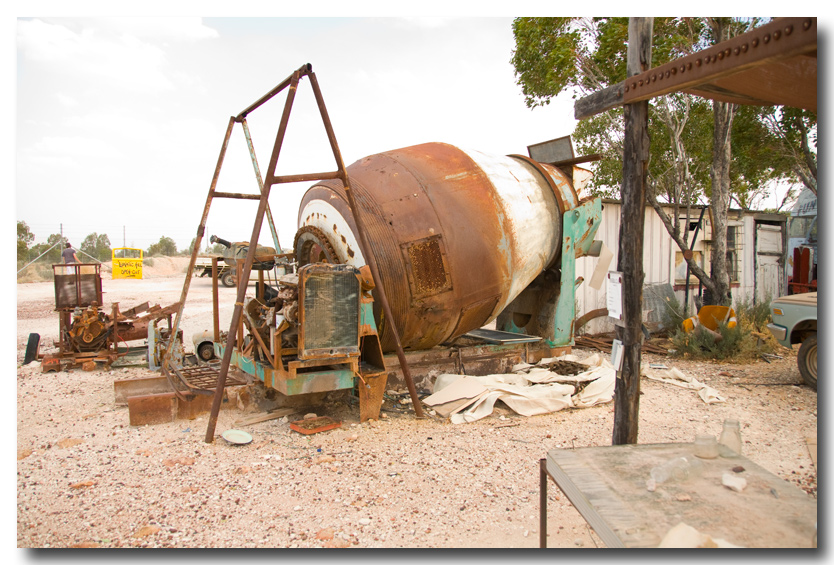
This house made from beer bottles was something out of the ordinary. Built by a miner it has been run as a museum by an old lady for over 30 years now. She was happy to talk with me and allow me to photograph her treasures. She said that when she moved here some 30 years previously, there had been no roads, and in fact, no basic infrastructure here at all. Seemed fairly tough to me!
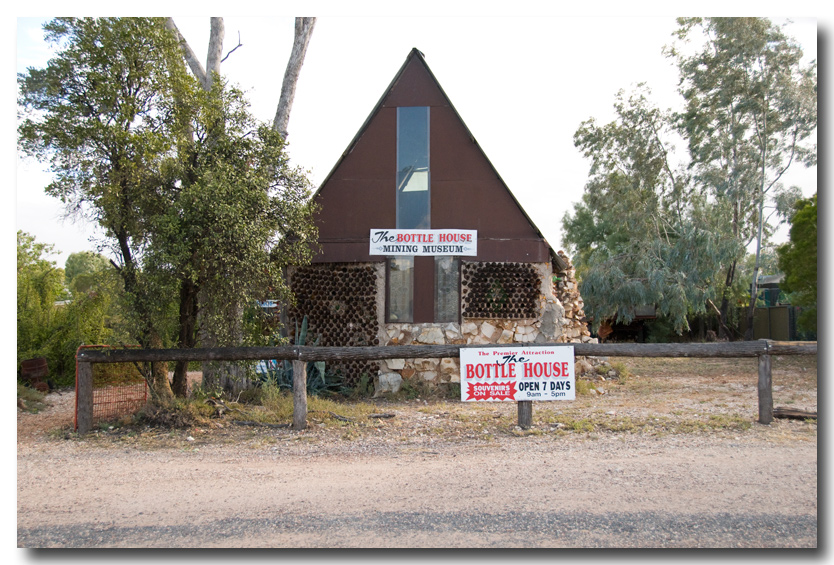
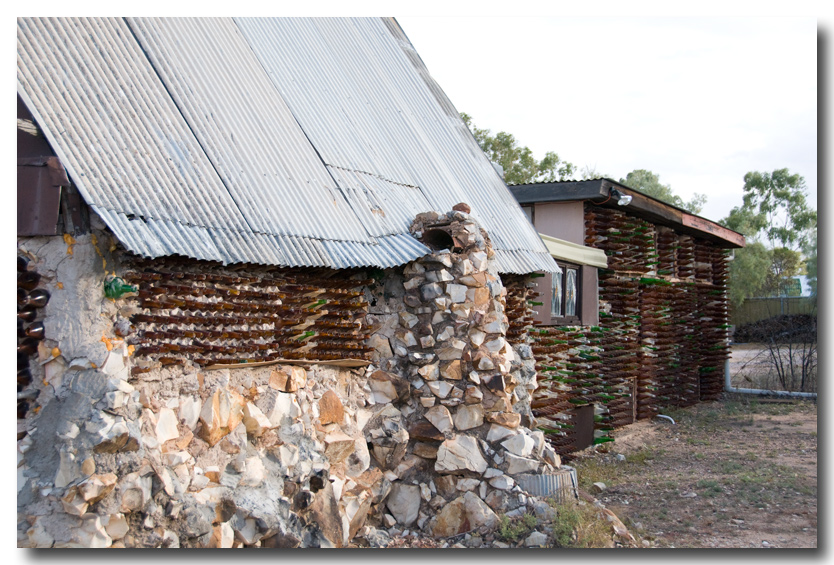
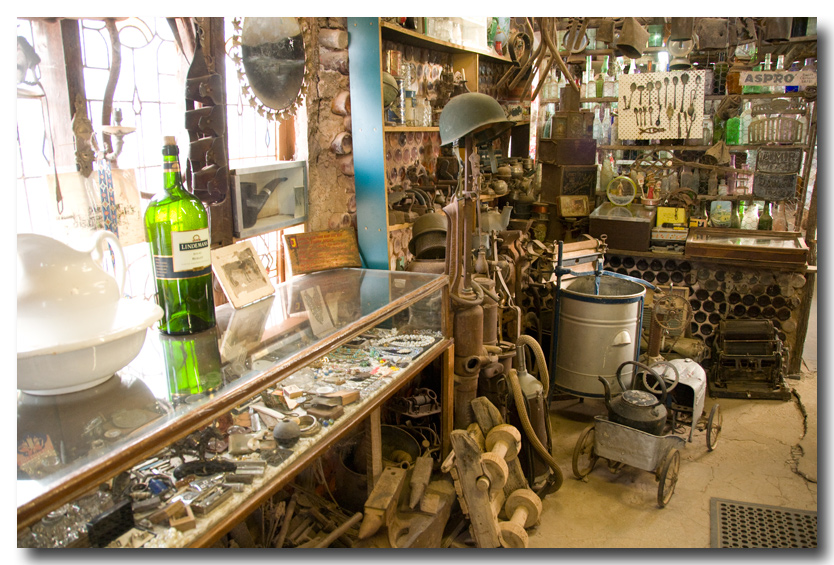
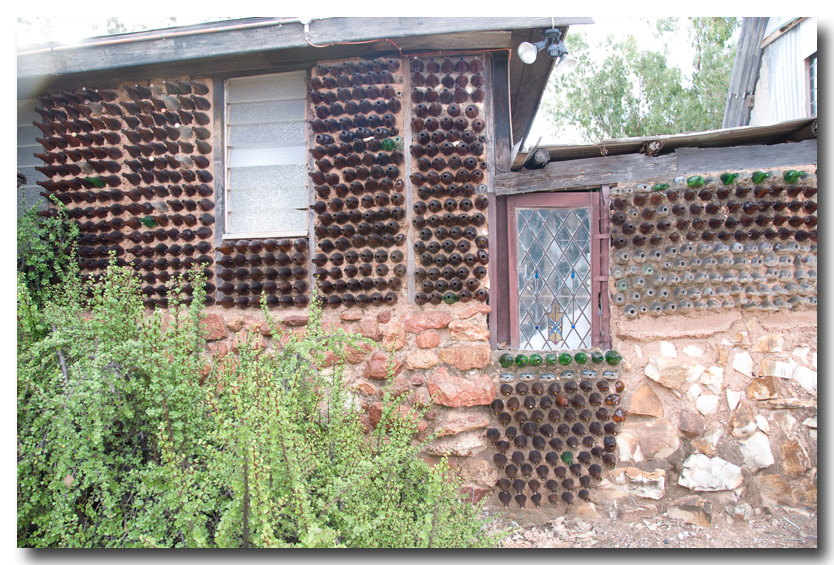
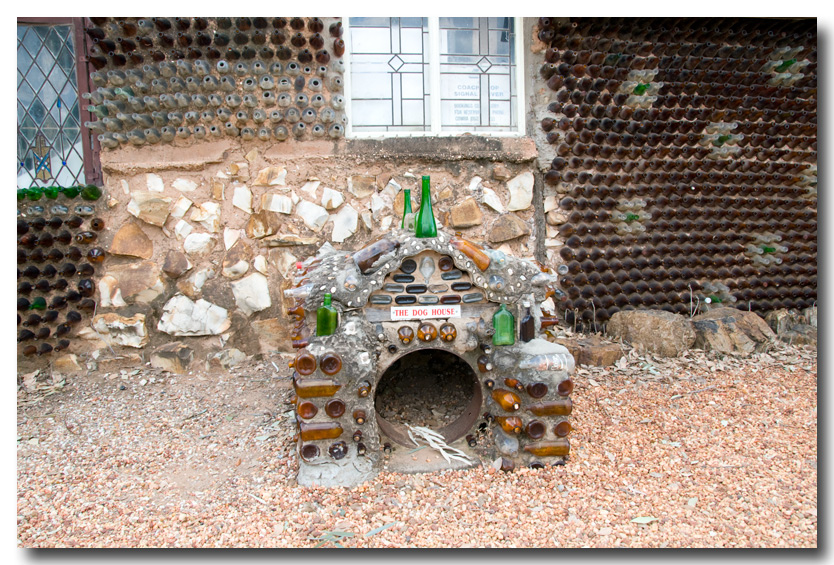
Meanwhile, the cloud formation's had my interest, as always. Shame they never look so good when I attempt to capture them!
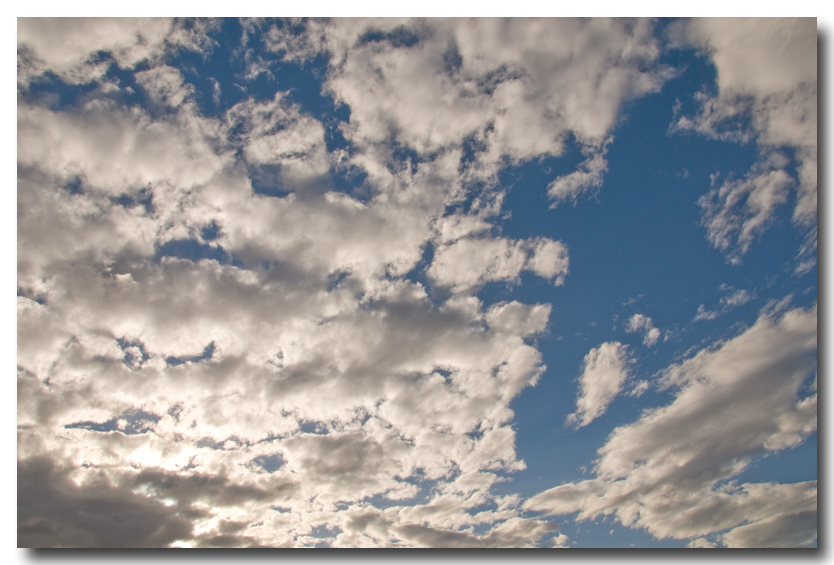
No worries, further down the rough dirt track was this strange monument to some individual's creative streak. Out here in the heat and desolation.
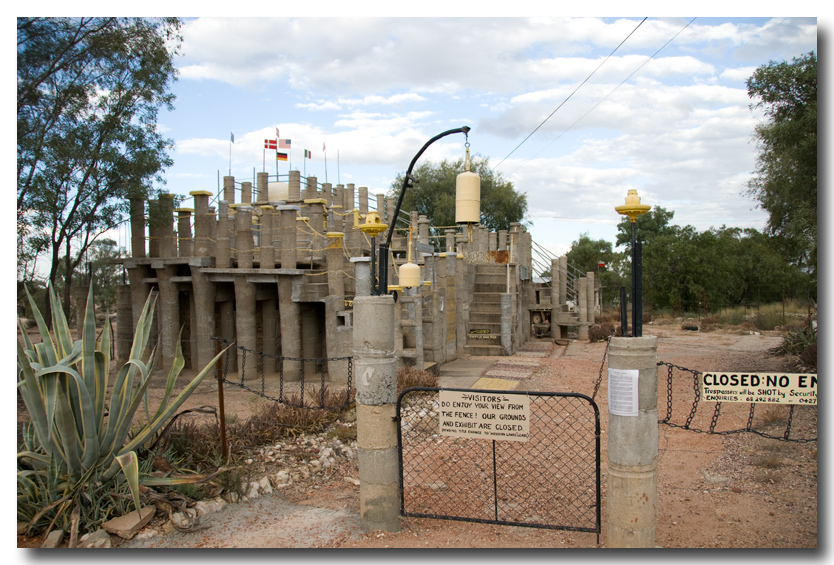
Always, dotted asround the claims, were the mining claims. Almost as though they were out of a movie!
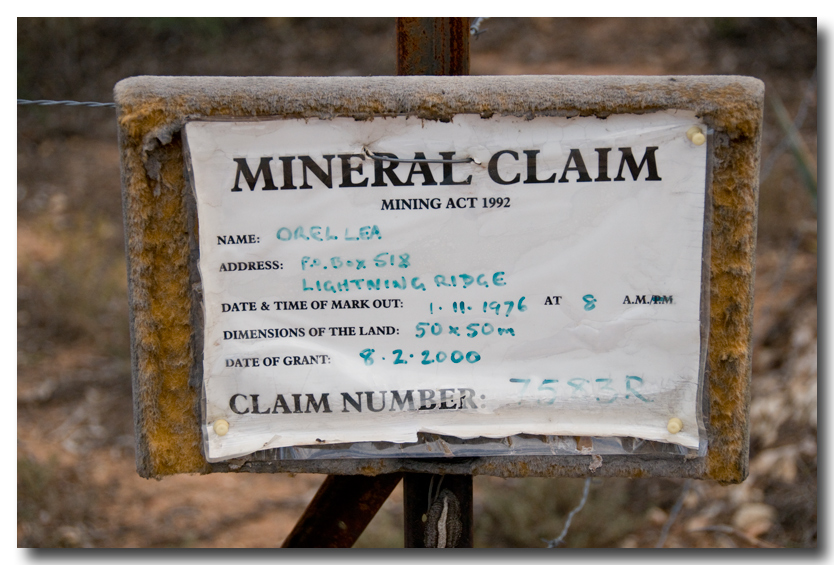
Another strange monument to someone's individuality...

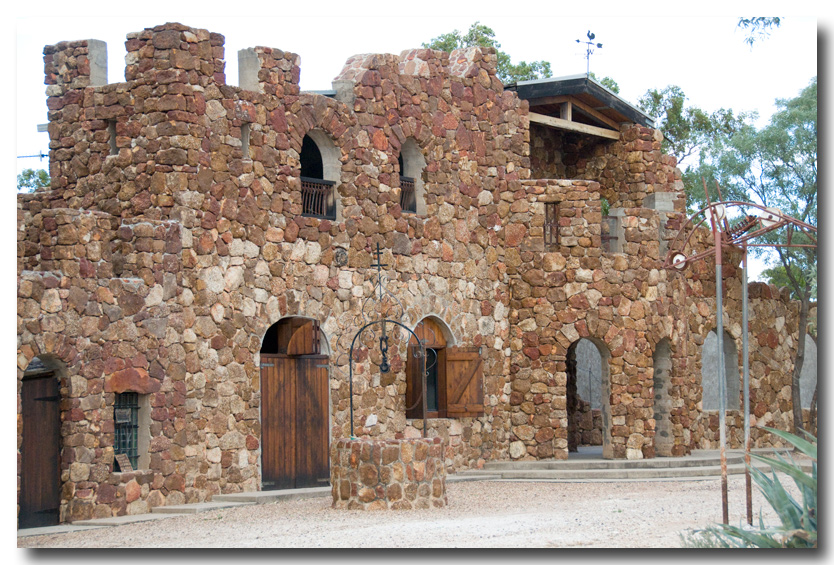
The definate 'High Spot' of the town however, for us, anyway, was the hot bore baths. Out in the open, under the evening sky with a cool breeze gently blowing over us, the 41°C water touched our very core. True luxury!
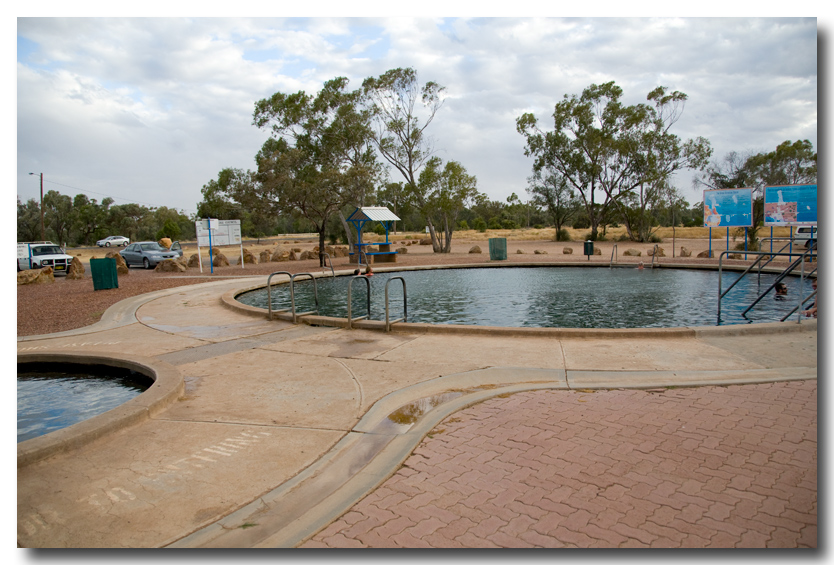
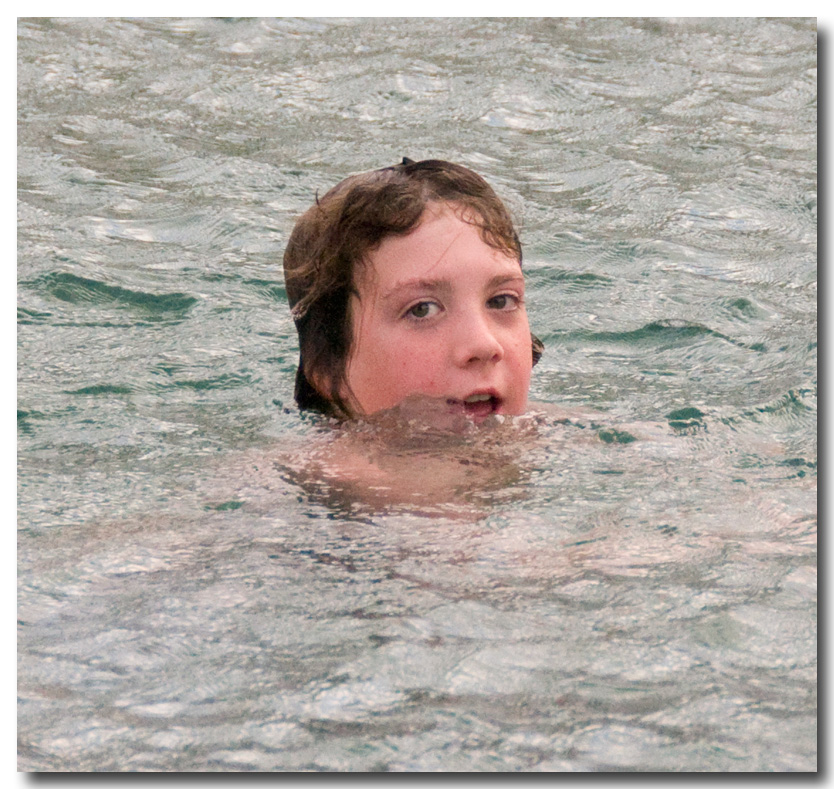
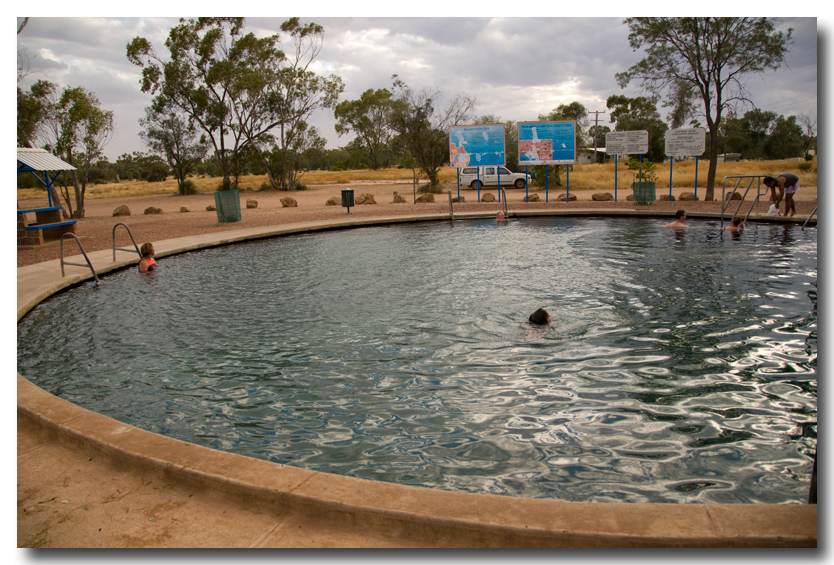
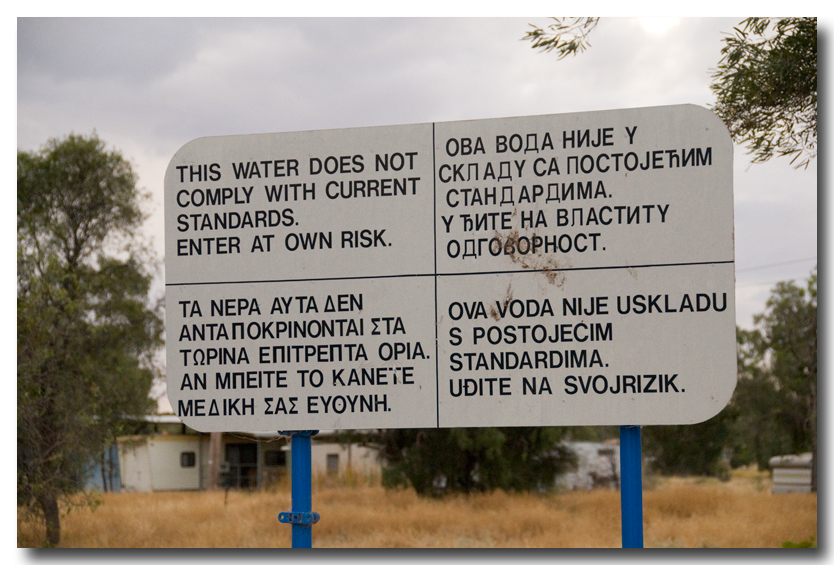
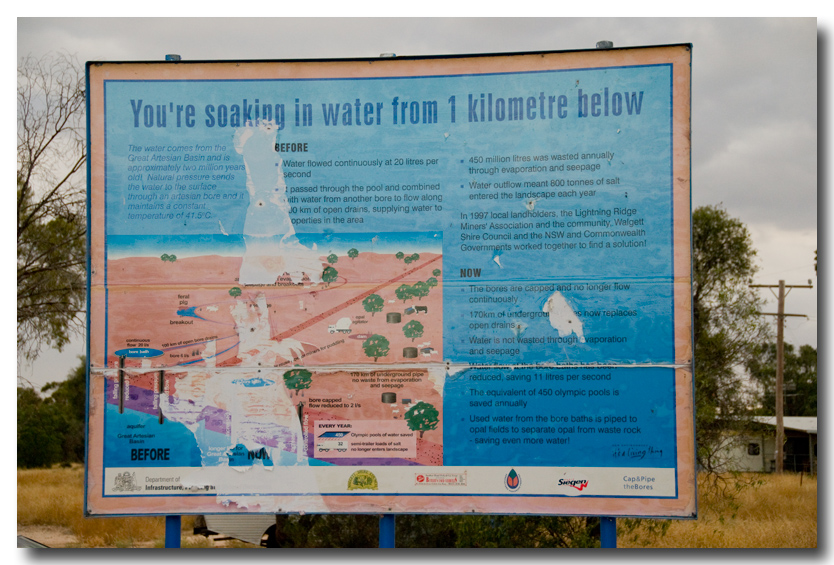
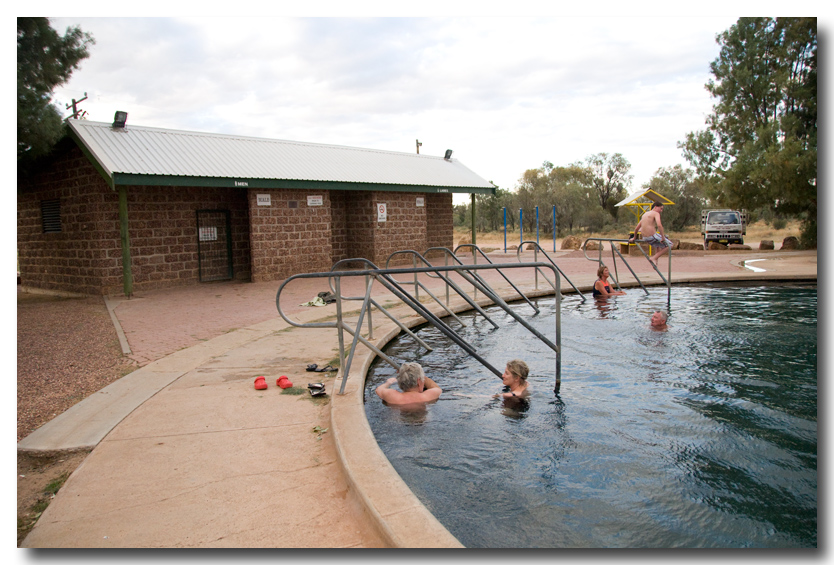
WE stayed the night in a cheap but spotless motel and have often chatted about how special that night at the open Hot Spa was.
On to Walgett. A farming town further west situated near the Barwon River.
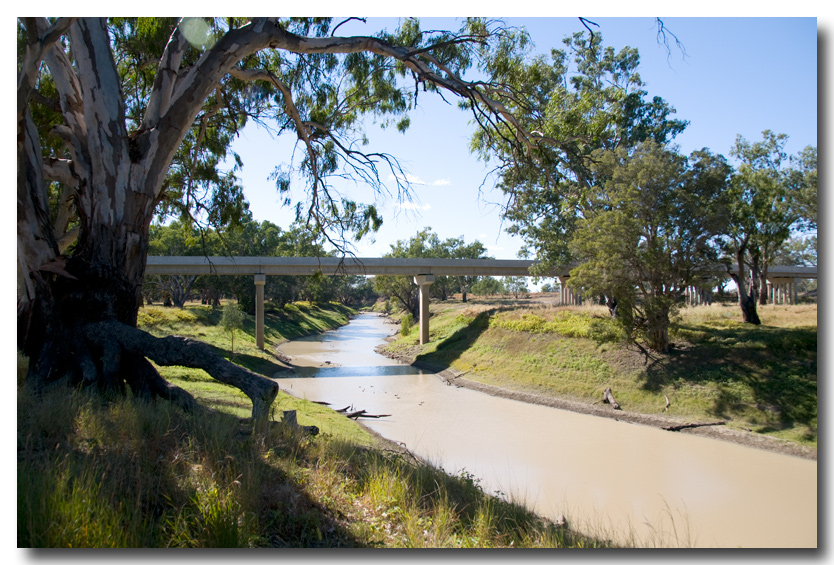
At this very spot, back in 1965, I had been camped with teenage friends, on a shooting trip/holiday weekend. After a wonderful few days we were packed up and all in the car/trailer when we started to 'muck up' a bit. Just like teenagers do!. Well, somehow, without realizing how close the river was, I drove my car and trailer along with 3 friends, over the bank, down the river bank stopping with the front of the car in the river. Some hours later as a mobile crane covered with 15 to 20 laughing Aborigines winched us out of the river, I was amazed no major damage had been done. How strange that, after such a long time interval, I could be here again and reflect on the follys of youth!
The vegetation beside the river was dry and shady with large Eucalypts growing prolifically
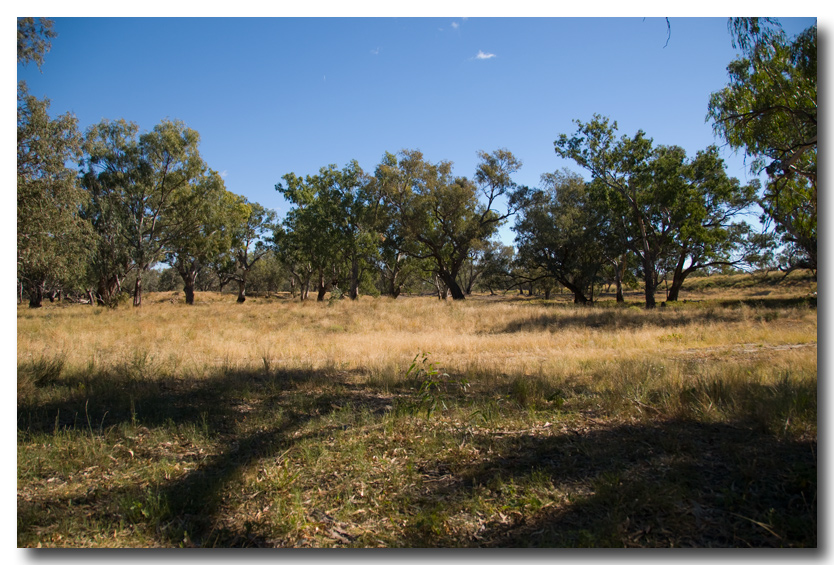
Always time for a 'brew'.
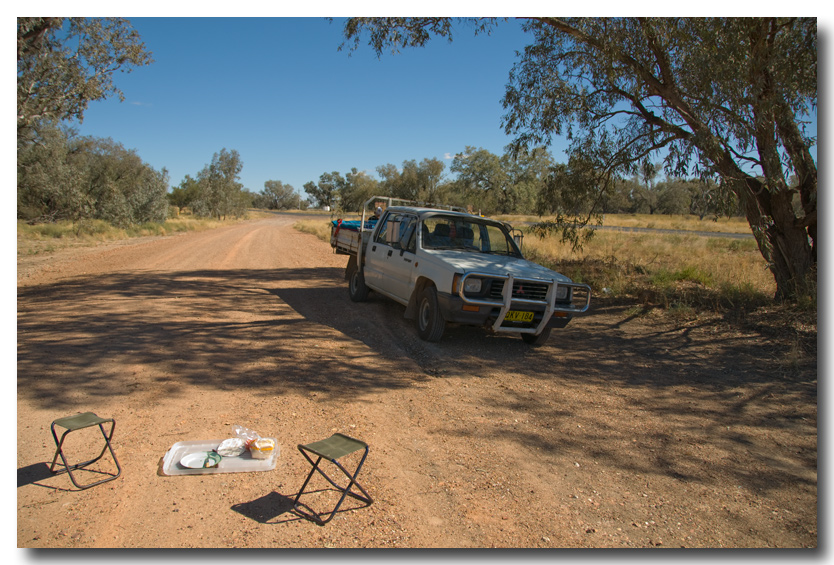
And finally reaching Bourke situated on the great Darling river which drains lower western Queensland and far western New South Wales, all the way south to its junction with the River Murray and thence forth, to the ocean in South Australia.
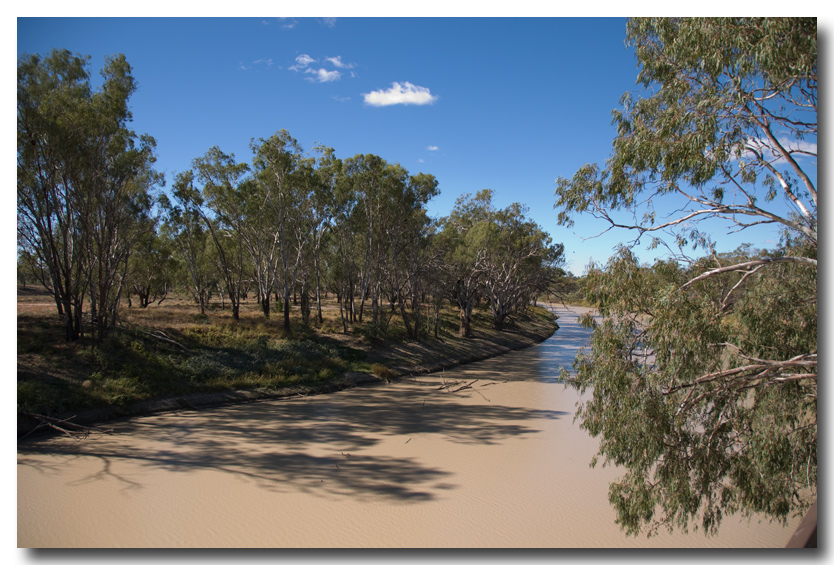
In a long gone era, paddle steamers had actually worked their way up river this far and had transported wool, and produce back down the river for trading at the larger ports. It is said that a paddle steamer actually got as far as Collerenerbri once but that it had been unusual and not repeated. Now however, I was actually in part of the old wharf structure and marvelled at the difficulties our forefathers had borne so silently.
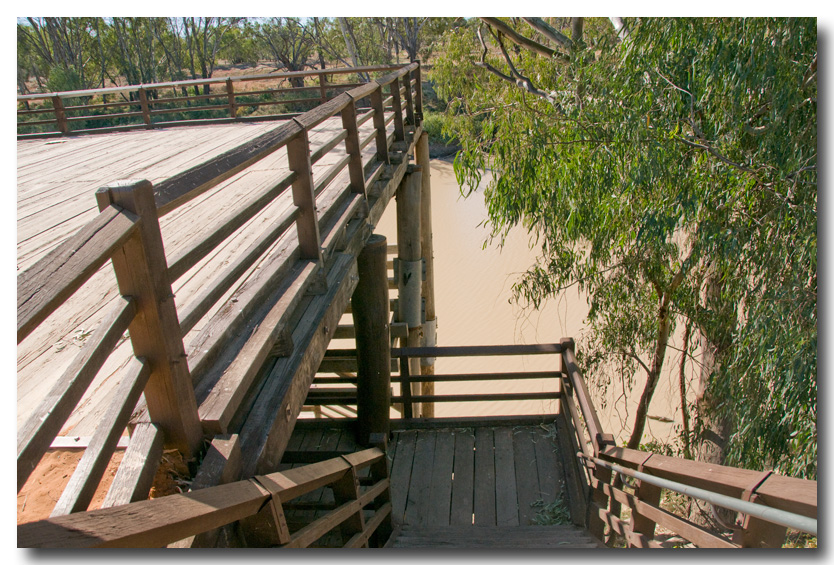
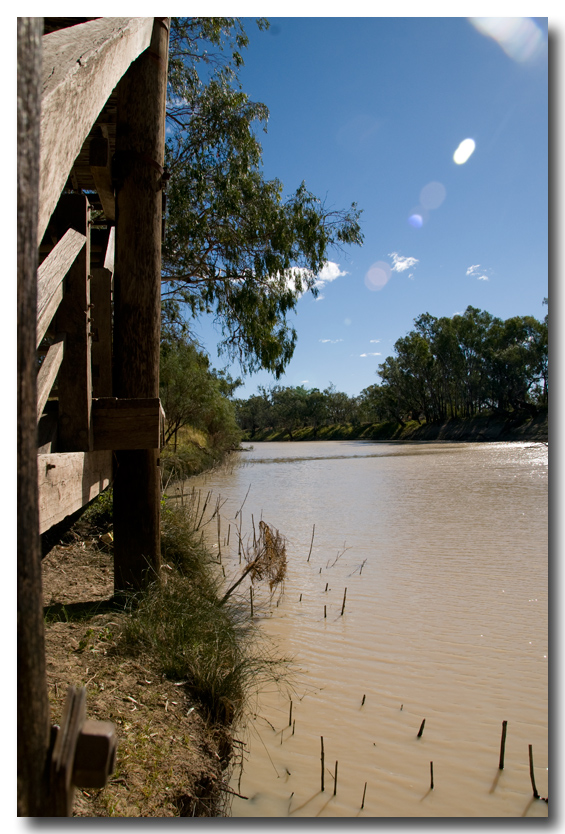
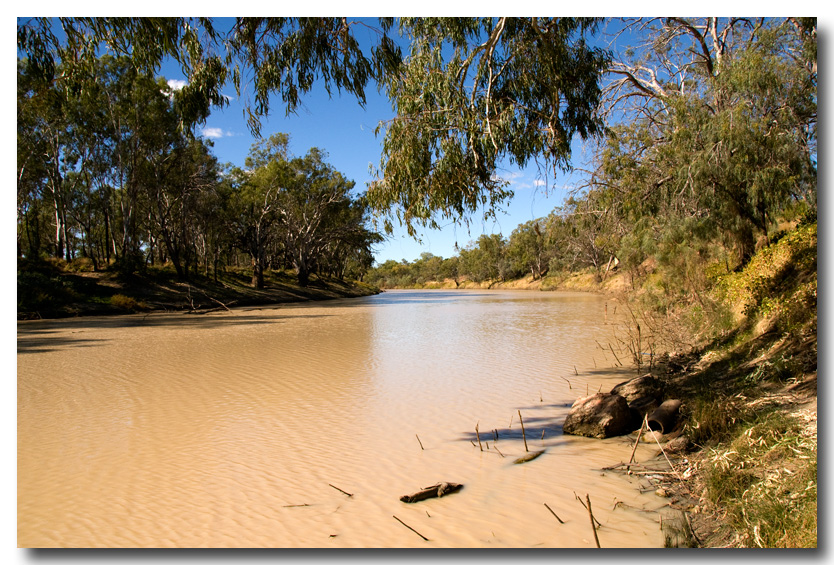
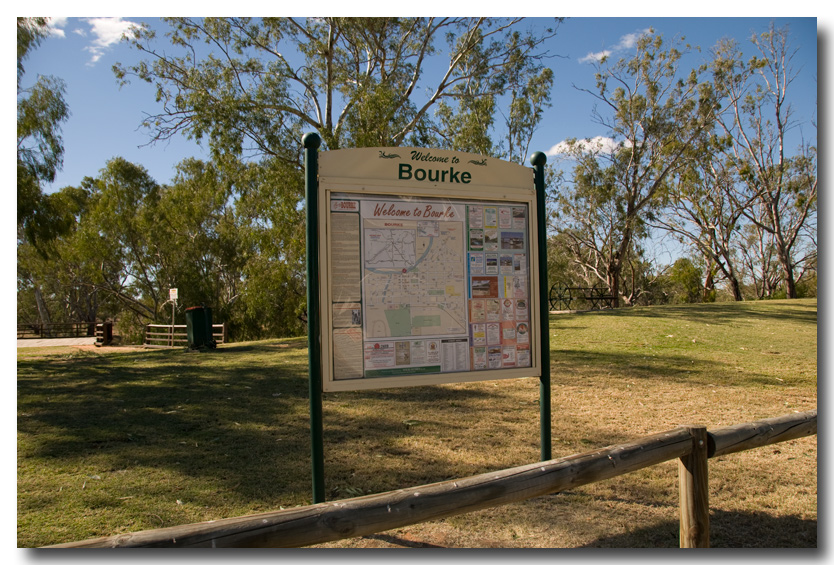
Once away from the river however, the country side quickly resembled a hot, dry/red almost desert.
Now we were in the real outback!
